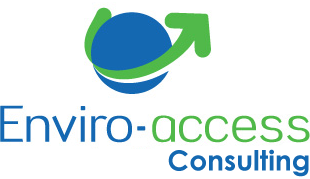The field in which we are evolving keeps us aware of the environmental impacts of our activities. For many years now, we are constantly working to minimize those impacts by adapting our working methods and behavior.
GHG Inventory of Enviro-access
In 2011, Enviro-access has produced its first GHG emissions inventory for the fiscal year of 2009-2010. This inventory was updated in 2014 for the 2012-2013 fiscal year. Both quantification were prepared in accordance to the ISO 14064 standard and include the following GHG sources and categories:
- Direct GHG emissions
- Natural gas consumption in buildings
- Indirect emissions from energy
- Electricity consumption in buildings
- Other indirect emissions
- Production and consumption of fossil fuel used in business travels
- Production and consumption of fossil fuel used in home-to-work travels
- Refrigerant leaks from air conditioning system in vehicles
- Office paper consumption
- Production of consumed natural gas in buildings
GHG Reduction Actions
The elaboration of our GHG inventory gave us the chance to target our principal GHG sources and to act on them by identifying actions that will generate GHG reductions. Among others, we decided to:
- Use an optimized carpooling system for business traveling
- Promote public and active transportation for home-to-work employees’ travels
- Choose compact vehicles for rentals
- Use black and white duplex printing by default
- Use virtual pay slip only
- Recycle our organic waste
- Use post-consumer paper
- Dispose of electronic waste at the ecocenter
- Transmit electronic version of proposals and reports when there is no specific demand for paper version from the client
Offset of Enviro-access GHG emissions
In addition to work on GHG reduction on a daily basis, Enviro-access has decided to offset its emissions in accordance to the Carbon CareTM carbon-neutral certification specifications. In association with Ecotierra, a Sherbrooke based enterprise, we bought certified Verified Carbon Standard (VSC) carbon credits. The investment will help to the reforestation of degraded lands, to the reduction of erosion, to the amelioration of water resources accessibility and to the protection of biodiversity in Peru.
Retired carbon credit certificate (fiscal year 2012-2013)
















